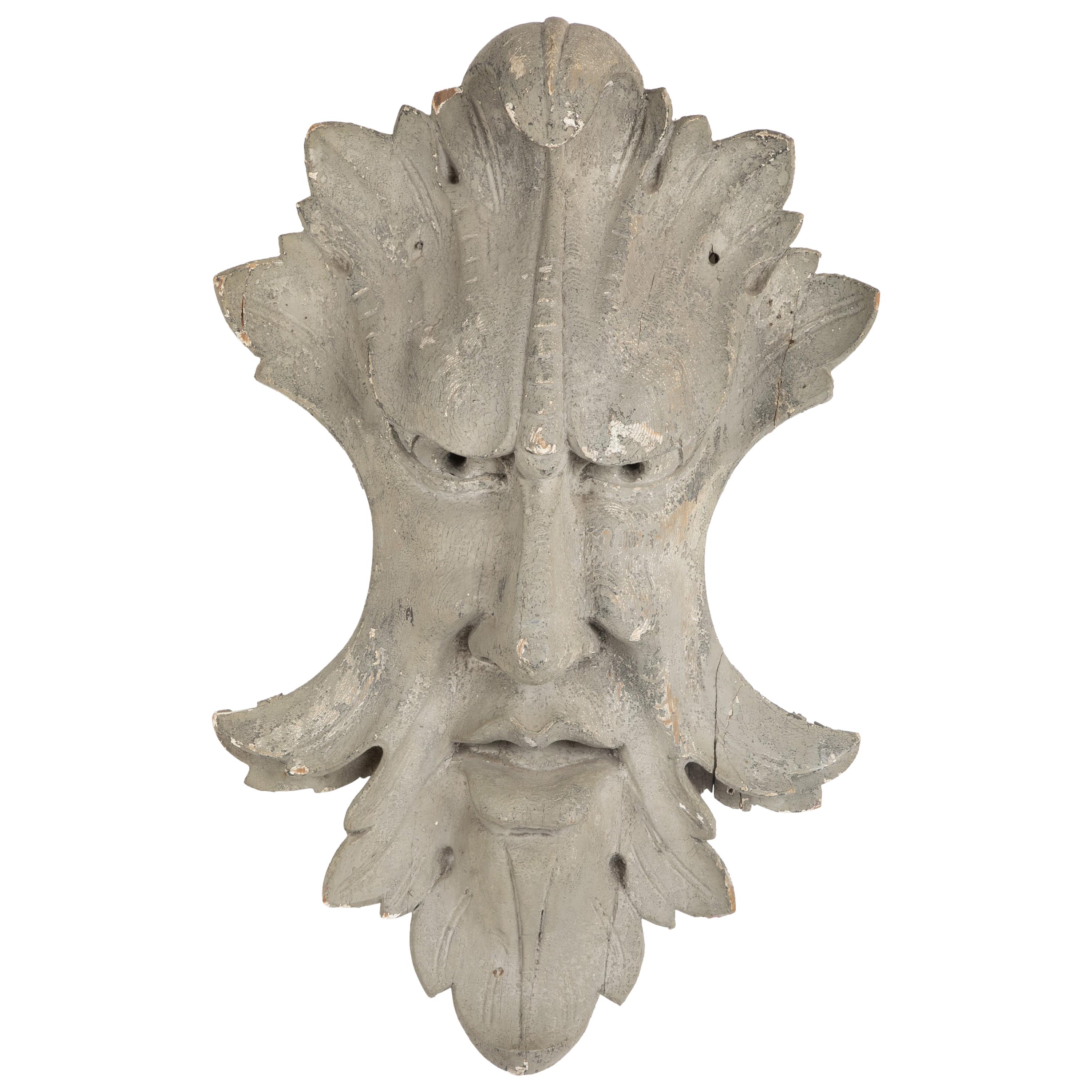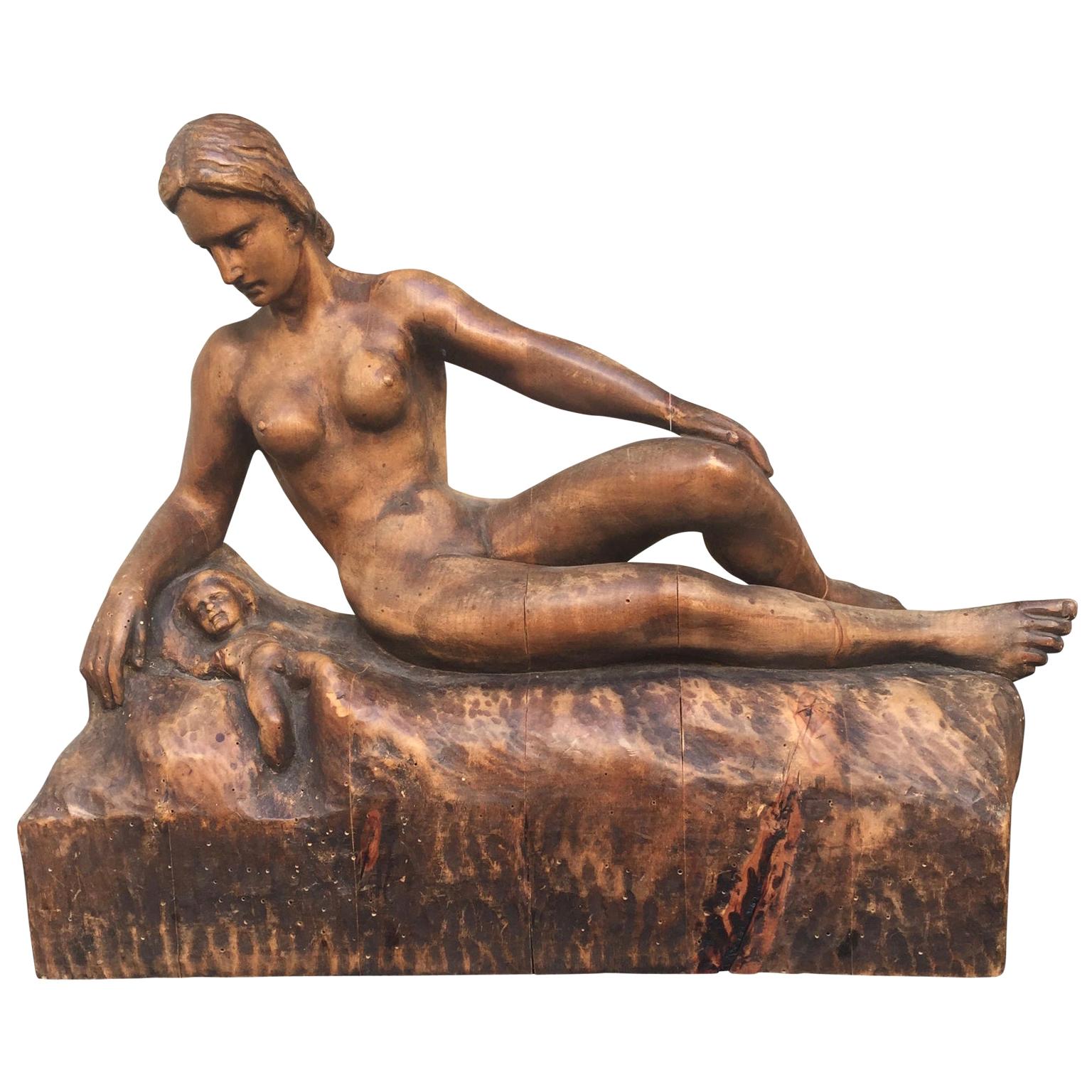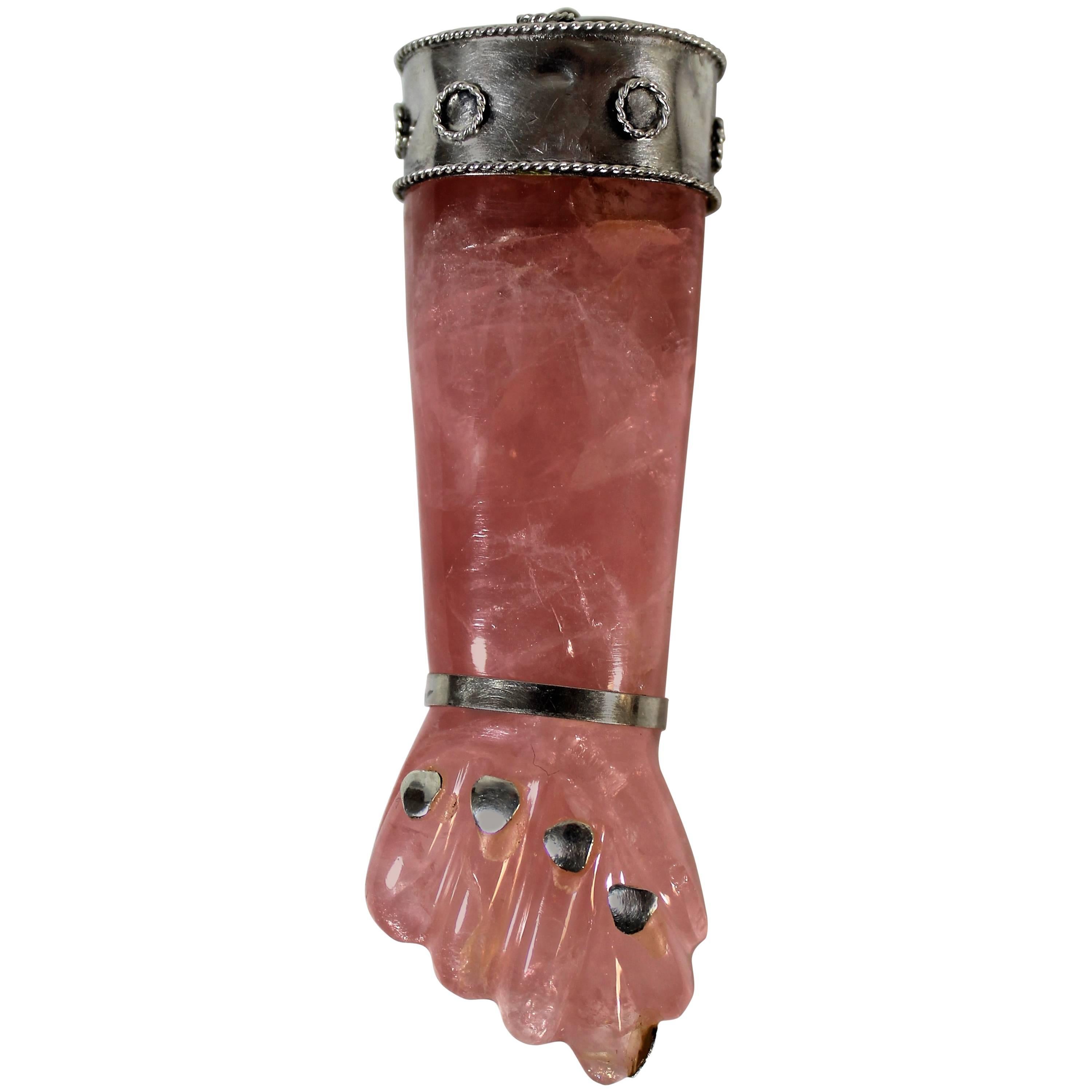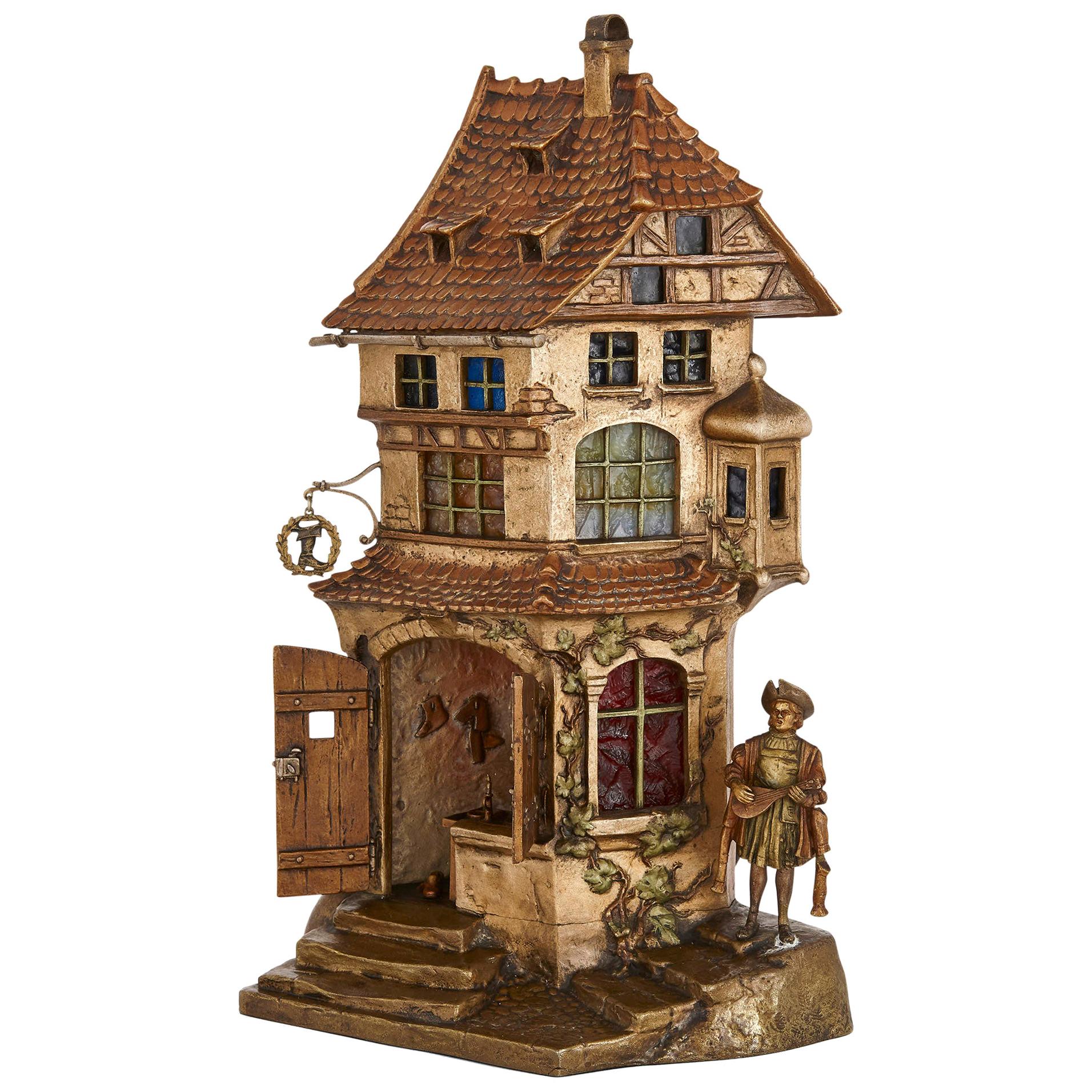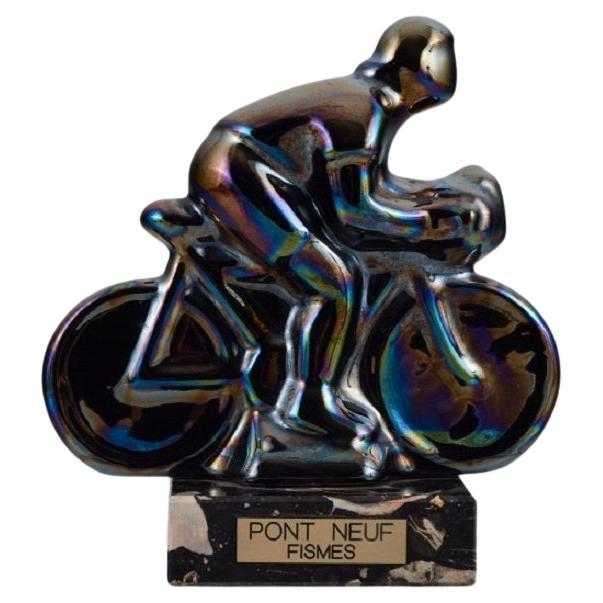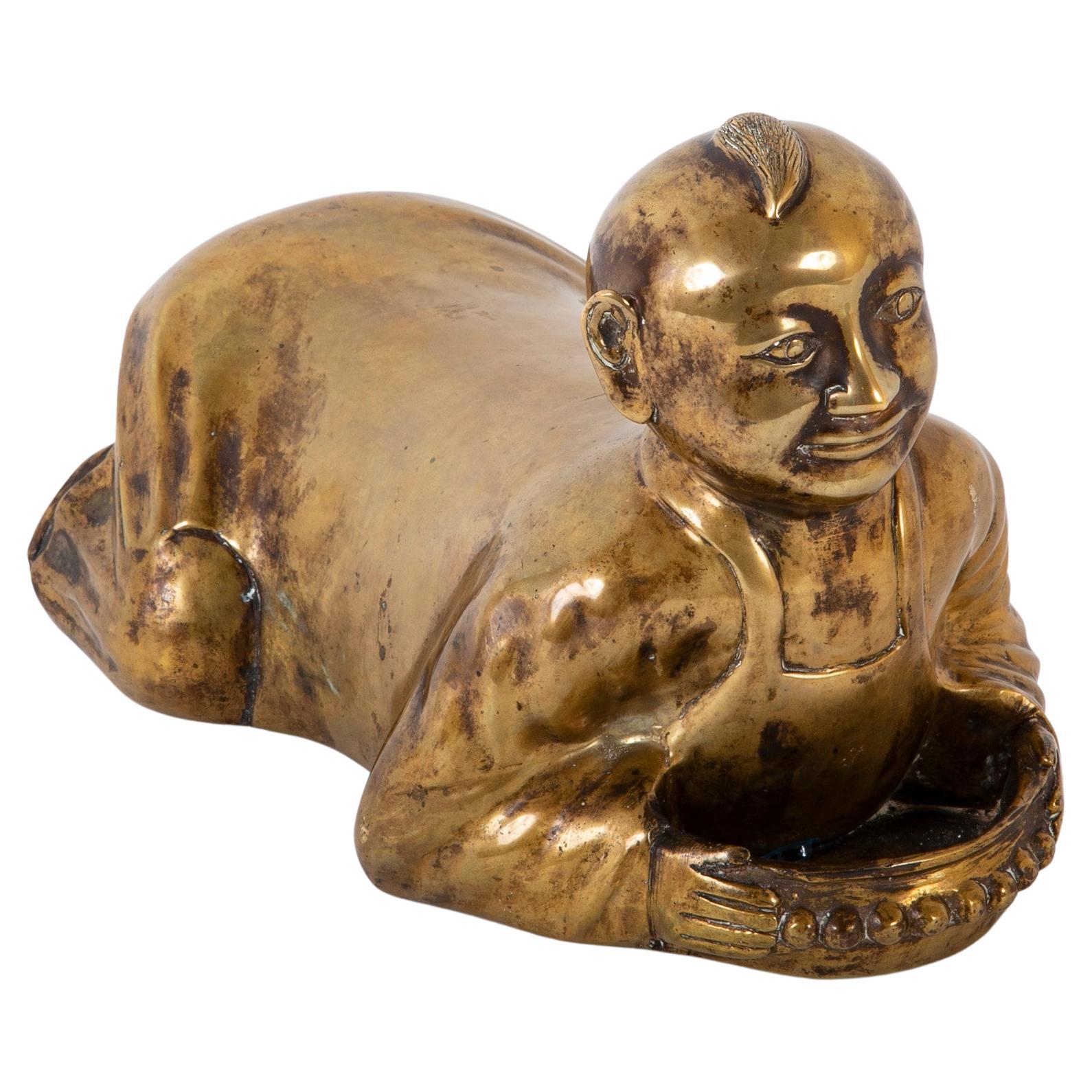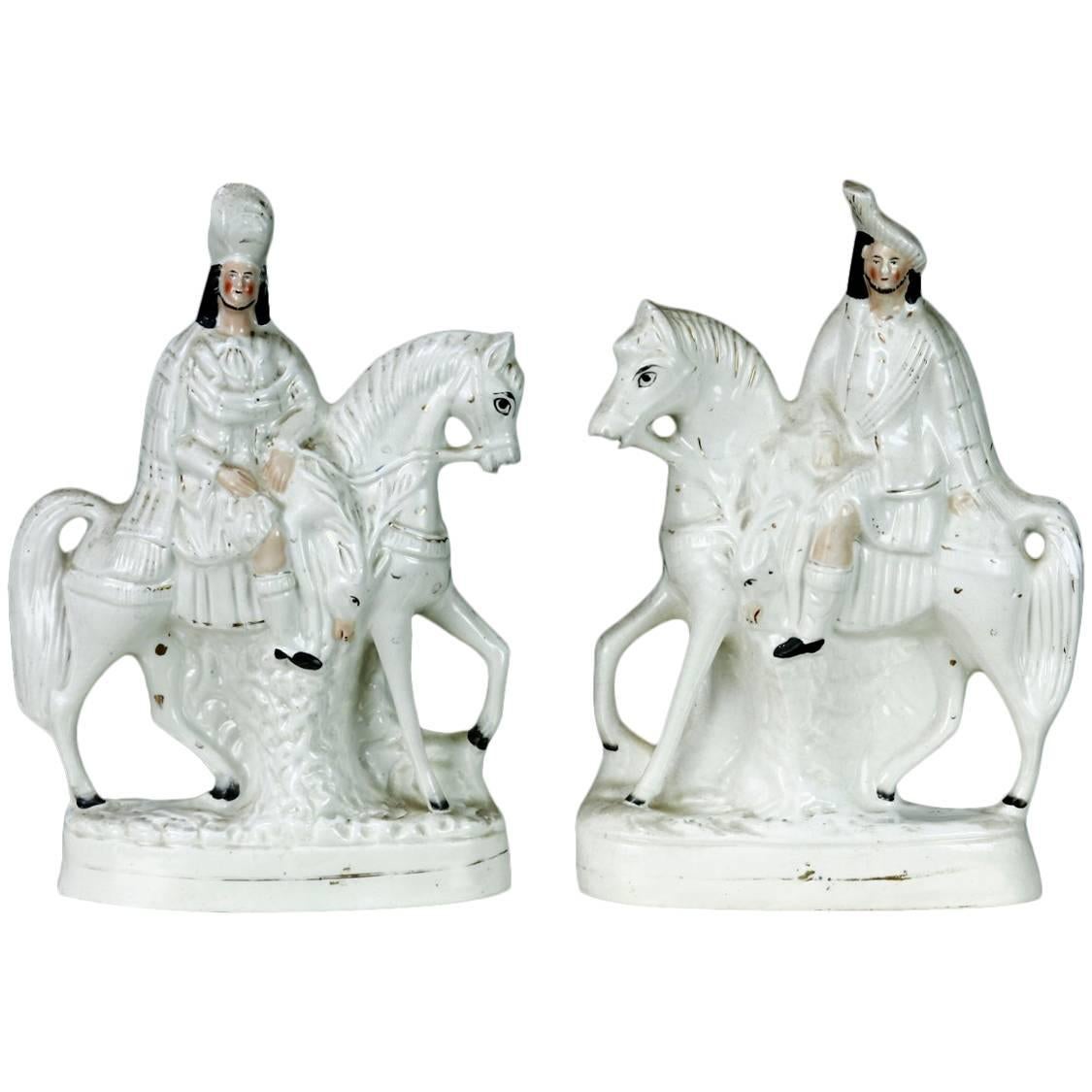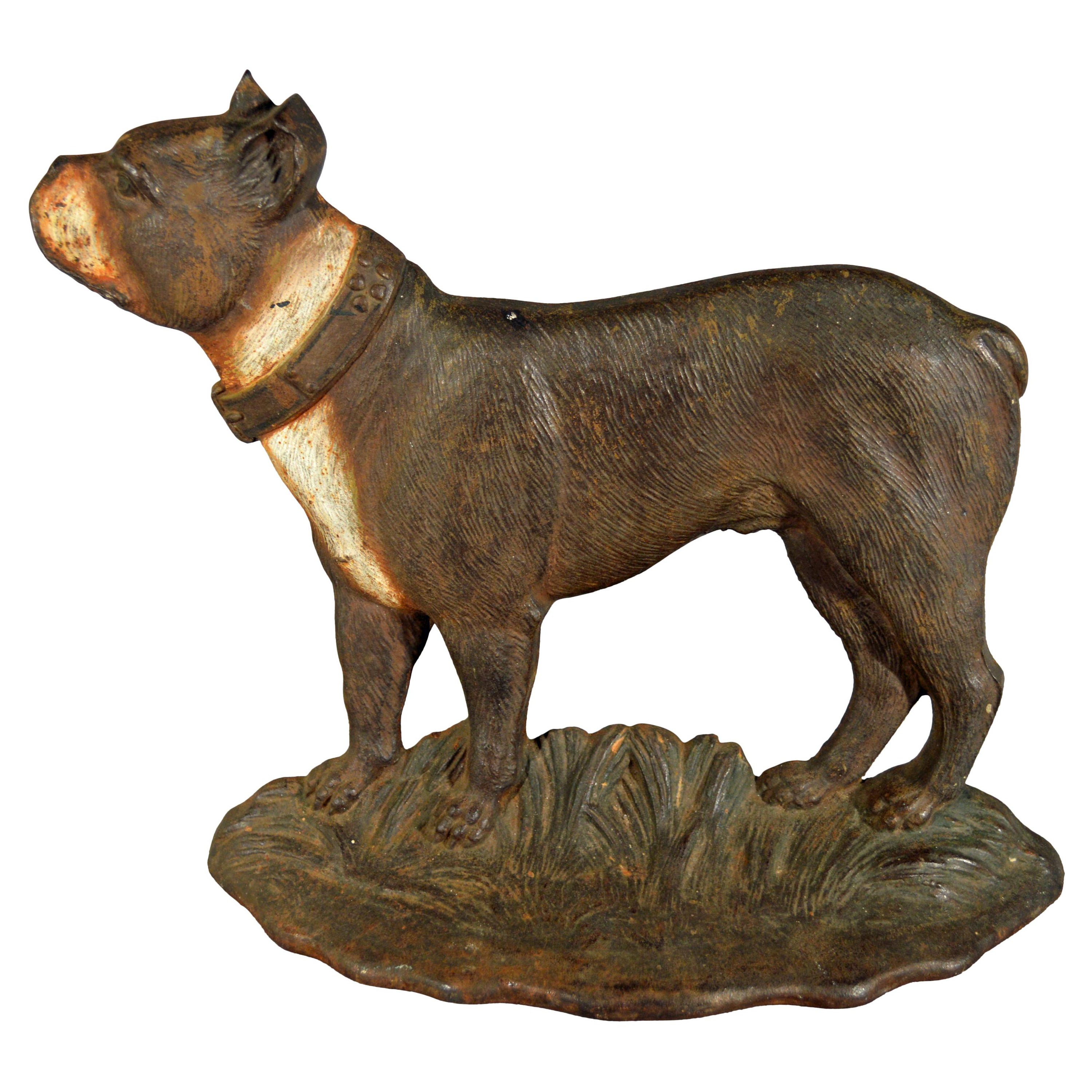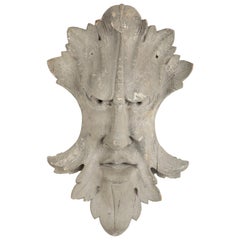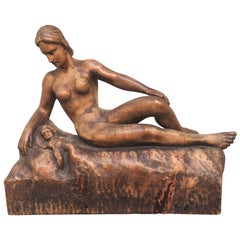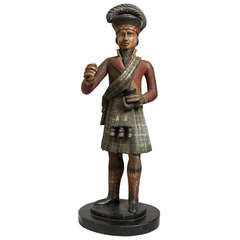
Tobacconist's Sign in the Form of a Highlander with a Mull and a Pinch of Snuff
View Similar Items
1 of 5
Tobacconist's Sign in the Form of a Highlander with a Mull and a Pinch of Snuff
About the Item
- Materials and Techniques:
- Place of Origin:
- Period:
- Date of Manufacture:c. 1870
- Condition:
- Seller Location:London, GB
- Reference Number:1stDibs: LU95931184736
You May Also Like
- 19th Century Tobacconist’s Trade SignLocated in Greenwich, CTEnglish carved and polychrome decorated wood tobacconist’s trade sign in the form of a “Turk” wearing a distinctive headdress and dressed in a long robe, this advertising figure rela...Category
Antique 19th Century British Folk Art Sculptures
MaterialsWood
- Architectural Element in the Form of a FaceLocated in Stamford, CTAn architectural element featuring an Acanthus leaf surrounding a face.Category
Antique 1890s American Edwardian Figurative Sculptures
MaterialsPine
- Signed German Wooden Sculpture of a Mother And Her Child, "Muller 1943"Located in Haddonfield, NJArtistically significant hand carved sculpture of nude mother and child, completed during the Second World War.Category
Early 20th Century German Aesthetic Movement Figurative Sculptures
MaterialsWood
- Brazilian Rose Quartz and Silver Pendant in the Form of a FistLocated in Hamilton, OntarioBrazilian rose quartz and silver pendant in the form of a fist. Significant size and weight for a pendant.Category
Mid-20th Century Brazilian Figurative Sculptures
MaterialsSilver
$595 Sale Price52% Off - American Shellwork Standing Mirror in the Form of a HarpLocated in Downingtown, PAAmerican shellwork standing mirror in the form of a Harp, circa 1885 The unusual 19th century American shellwork standing mirror is in the form of a harp....Category
Antique Late 19th Century American Folk Art Natural Specimens
MaterialsShell
- Bronze Lamp in the Form of a Townhouse by BergmanBy Franz Xaver Bergman (Bergmann)Located in London, GBBronze lamp in the form of a townhouse by Bergman Austrian, circa 1900 Measures: Height 30m, width 17cm, depth 10cm This delightful cold-painted bronze lamp was crafted by the famous Viennese foundry owner, Franz Xavier Bergman. Franz Xavier inherited the Bergman Foundry from his father, Franz Bergman, in the 1890s. Bergman’s works were called ‘cold-painted’, meaning that several layers of paint were applied by hand to the bronze piece after it had been cast. The lamp takes the form of a tall, multi-storeyed timber and brick building. The house is faced with yellow plaster and roofed with red tiles. It is dotted with green-grilled windows of varying shape and size and features a small turret on its right side. A door opens on the left side of the middle storey, to allow access to the light bulb contained there. When turned on, the light produced by the bulb shines atmospherically out through the house’s colored windows. To the right of the building, a minstrel stands on stone steps, and sings along to a tune he plays on his mandolin. The hanging sign of a boot projects out from the house on the left, identifying the building as a cobbler’s shop. Indeed, the two large oak doors...Category
Early 20th Century Austrian Table Lamps
MaterialsBronze
Recently Viewed
View AllMore Ways To Browse
The Highlander
Pinch Wood
Snuff Mull
Antique Snuff Mull
Antique Model A
French Style Art
Patina Bronze
Vintage Animal Sculptures
Figure Studies
Figure Study
Open Art Furniture
Antique Classical Furniture
Rare Antique Art
Antique Baroque Furniture
Baroque Antique Furniture
Wooden Carved
Carved Wooden Furniture
Carved Wooden

